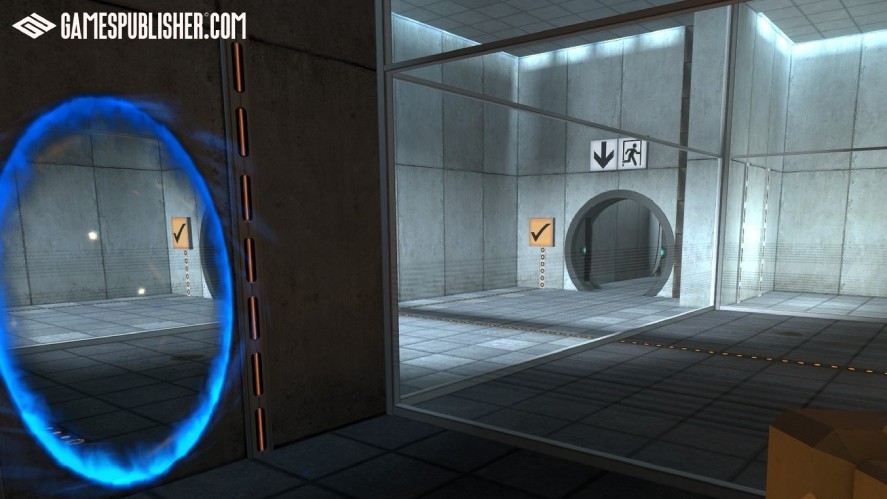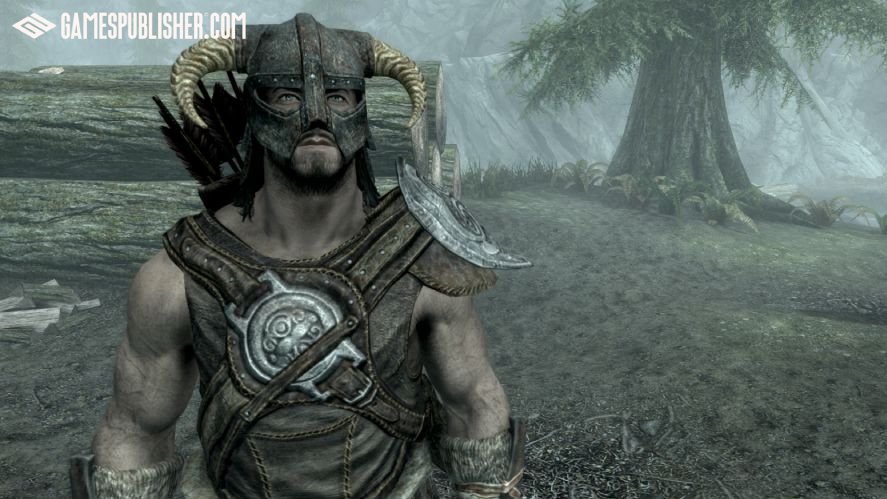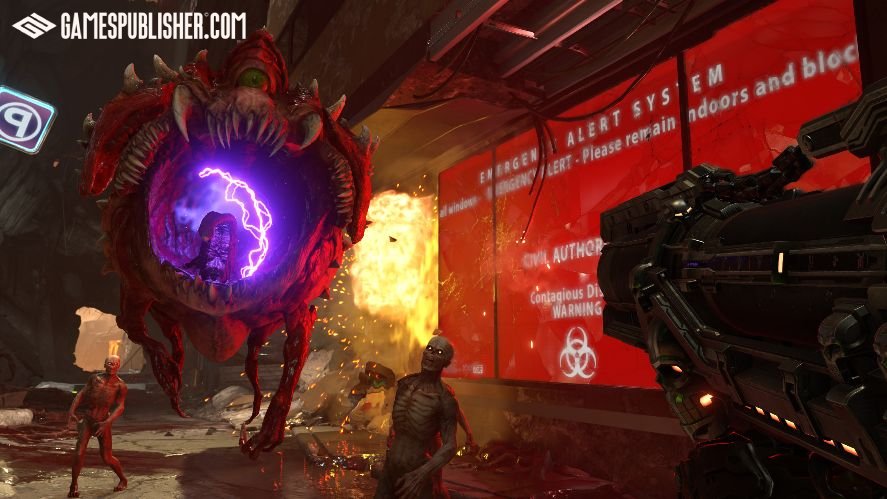Welcome to Gamespublisher.com, your hub for game developers itching to make waves in video game development. If you’re dreaming up the next big hit, game elements like mechanics, rules, and rewards can make players lose track of time.
Whether you’re a fresh game designer sketching out a quirky indie or a pro polishing a AAA blockbuster, these pieces shape how video games click with fans, from mobile puzzlers to console epics.
Think about it: game elements are why you can’t quit a tight platformer or a sprawling RPG, and they’re your ticket to nailing game publishing.
Getting these right means crafting a total gaming experience that shines in the video game publishing industry. Let’s dive into the must-knows to make your game unforgettable.
Game Elements That Form the Foundation of Any Game
Every game rests on game elements like rules, goals, mechanics, and feedback systems that game developers weave into a killer interactive loop.
These are the nuts and bolts of game design, setting the stage for players to jump in and stay hooked.
Here’s how these game elements build the backbone of any title, with some fan-favorite examples to spark ideas for your game publishing journey.
Game Elements – Rules and Objectives
Rules and objectives are game elements that give your game its shape and drive, steering players through the total gaming experience like a trusty map.
Rules lay down the law, like Tetris’s block-stacking limits or Bloodborne’s punishing health system. This keeps things fair and clear.
Objectives, like saving the galaxy in Mass Effect or building a dream park in RollerCoaster Tycoon, light a fire under players to keep going.
For example, Super Smash Bros. pairs the rule of knock-out battles with the goal of outlasting rivals, making every match a thrill.
A game developer who nails these game characteristics sets up a game publishing win, hooking players with purpose and structure.
Game Elements – Game Mechanics
Mechanics let players mess with the game world, turning ideas into action through stuff like movement, combat, or crafting.
In Portal, the mechanic of shooting portals makes puzzle-solving a blast, while Fortnite’s building system fuels wild firefights.

These tie into rules and goals. Portal’s puzzles push you to escape, just as Fortnite’s building aims for that victory royale.
Moreover, a video game designer has to keep these game elements tight, so a racing game’s drifting or an RPG’s skill tree feels slick, not sloppy.
For instance, Hades’s dodge-and-slash mechanics make every run buttery smooth, a lesson in video game development for game publishing success across game genres.
Game Elements – Feedback and Reward Systems
Feedback and reward systems keep players in the zone, using sights, sounds, and goodies to show their moves matter.
Feedback is that quick heads-up, like Mario Kart’s screech when you drift or Sekiro’s posture-break clang. These tell you what’s up.
Rewards, like rare loot in Borderlands or leveling up in Final Fantasy XIV, make every grind worth it. A game designer might add a shiny badge for clearing Among Us tasks, nudging players along.
By baking these game elements into game publishing plans, game developers ensure game characteristics keep gamers glued, no matter the platform.
Game Elements that Influence Player Engagement
Getting players to stick around is the name of the game, and game elements like stories, characters, and progression systems are what make video games feel impossible to put down.
These pieces pull players into the total gaming experience, whether they’re slashing through a gritty action title or tending crops in a cozy sim.
Game Elements – Narrative and Storytelling
A killer story is a game element that grabs players by the heart, giving every action deeper meaning across video game genres.
Take Red Dead Redemption 2 as an example. Its tale of Arthur Morgan’s redemption makes every horseback ride feel like a chapter in an epic novel, tying you to the stakes.

Even lighter narratives, like Animal Crossing’s gentle village life, add charm that keeps you checking in.
In addition, a game designer might weave lore through journals or NPC chats, as in Hollow Knight, to make the game characteristics pop.
By leaning into storytelling, game developers craft experiences that linger, boosting game publishing success as players rave about the journey.
Game Elements – Progression and Level Design
Progression and level design keep players motivated, pacing challenges to spark that “just one more try” vibe in game design.
Think of Celeste’s tight platforming levels, each ramping up tricks while teaching new moves, or World of Warcraft’s gear grind that rewards every raid. These systems balance difficulty and payoff.
For example, a game developer could design a puzzle game where each stage unlocks new mechanics, keeping the flow fresh.
Game Elements – Character and Worldbuilding
Characters and worlds make video games feel like places you’d want to live in, hooking players for the long haul.

Ellie’s grit in The Last of Us or Skyrim’s dragonborn hero give you someone to care about, while worlds like Breath of the Wild’s Hyrule beg to be explored with every hidden shrine.
A video game designer might add NPCs, like Stardew Valley’s townsfolk, to spark attachment. In the end, rich game characteristics keep players diving back in.
Visual and Audio Game Elements That Enhance Experience
The sights and sounds of a game are game elements that hit players’ senses, making video game genres feel alive and unforgettable in video game development.
From bold visuals to killer soundtracks, these aspects shape how a game lands, whether it’s a pixel-art indie or a cinematic AAA title.
For game designers, mastering these game elements is a game-changer for standing out in the video game publishing industry.
Game Elements – Graphics and Animation
Graphics and animation set a game’s vibe and make actions crystal-clear, shaping game characteristics across platforms.
Ori and the Will of the Wisps’s hand-painted 2D glows with magic, while God of War Ragnarök’s 3D realism stuns with every swing. Pixel art, like Dead Cells’ fluid slashes, needs tight animation to feel responsive.
A game developer might pick retro sprites for a roguelike to evoke nostalgia but ensure animations telegraph attacks, as in Enter the Gungeon, for clear game design.
These choices make game publishing pop, drawing players in with visuals that match the total gaming experience.
Game Elements – Music and Sound Effects
Music and sound effects crank up immersion and guide players through video game genres.
DOOM Eternal’s pounding metal score amps up demon-slaying chaos, while Journey’s soft strings tug heartstrings during quiet treks.

Sound effects, like Resident Evil 2’s zombie groans or Super Smash Bros.’s punchy hit noises, cue critical moments.
Moreover, a game designer could use dynamic audio, like Tetris Effect’s beat-shifting tracks, to sync with gameplay shifts.
These game elements lift game publishing by making every second feel epic, locking players into the total gaming experience.
Interactive and Social Game Elements
In today’s video games, game elements like multiplayer design, communication tools, and leaderboards turn solo experiences into bustling communities, keeping players hooked for the long haul.
These social features make game development feel alive, letting gamers team up or compete across platforms.
For game developers, nailing these game elements is a surefire way to boost engagement and score big in game publishing.
Game Elements – Multiplayer and Cooperative Systems
Multiplayer and cooperative systems let players dive into games together, whether battling head-to-head or teaming up for epic quests.

Co-op mechanics, like Overcooked’s chaotic kitchen teamwork, demand tight coordination, making every level a laugh riot. PvP shines in Apex Legends, where squad-based shooting and pings create fast-paced showdowns.
For example, a game designer might craft a survival game where players share resources, like in Valheim, to spark camaraderie.
Game Elements – Social Integration and Community Features
Social integration and community features weave video games into players’ lives, fostering bonds through chats, guilds, and social media tie-ins.
Destiny 2’s clans let players plan raids via in-game hubs, while Among Us’s simple text chat fuels hilarious debates.
On the one hand, social media integration, like sharing Rocket League replays on X, amps up bragging rights.
These game elements build long-term total gaming experience loyalty, helping game publishing by turning players into a tight-knit crew that keeps coming back.
Game Elements and Player Psychology
Understanding what makes players tick is where game elements get sneaky, tapping into psychological hooks like flow, challenge-reward balance, and player types.
These principles guide game design to hit the sweet spot for motivation, whether players are chasing achievements or exploring every nook.
Game Elements – Challenge and Difficulty Curves
Challenge and difficulty curves keep video game genres engaging by balancing tough moments with doable wins.
Dark Souls nails this with brutal yet fair bosses, teaching you through failure, while Animal Crossing keeps things chill with daily tasks. A well-balanced curve, like Slay the Spire’s scaling card battles, ramps up smoothly to avoid rage quits.

These game characteristics ensure the total gaming experience stays compelling, driving game publishing as players chase that next victory.
Game Elements – Player Motivation and Retention
Player motivation and retention hinge on game elements tied to psychological theories like self-determination, which says gamers love autonomy, competence, and connection.
Gameplay loops in Genshin Impact offer freedom to explore, skill mastery through combat, and co-op for bonds, hitting all three. Reward schedules, like random loot in Diablo III or daily quests in Warframe, keep players hooked by mixing surprise and routine.
These game elements lock in video game development retention, making game publishing a hit as players keep grinding.
Conclusion
Mastering game elements is the key to crafting games that players can’t quit. It turns your game development into game publishing gold.
From rules and stories to visuals and social hooks, these pieces shape the total gaming experience. They make your titles stand out in the video game publishing industry.
Whether you’re a game developer building a cozy indie or a AAA game, revisit these game elements at every stage as a checklist for quality and fun.
Gamespublisher.com’s got your back with tutorials and tips to polish these game characteristics. So, dive in, tweak your next project, and build a game that players play for years.
Loading survey...

